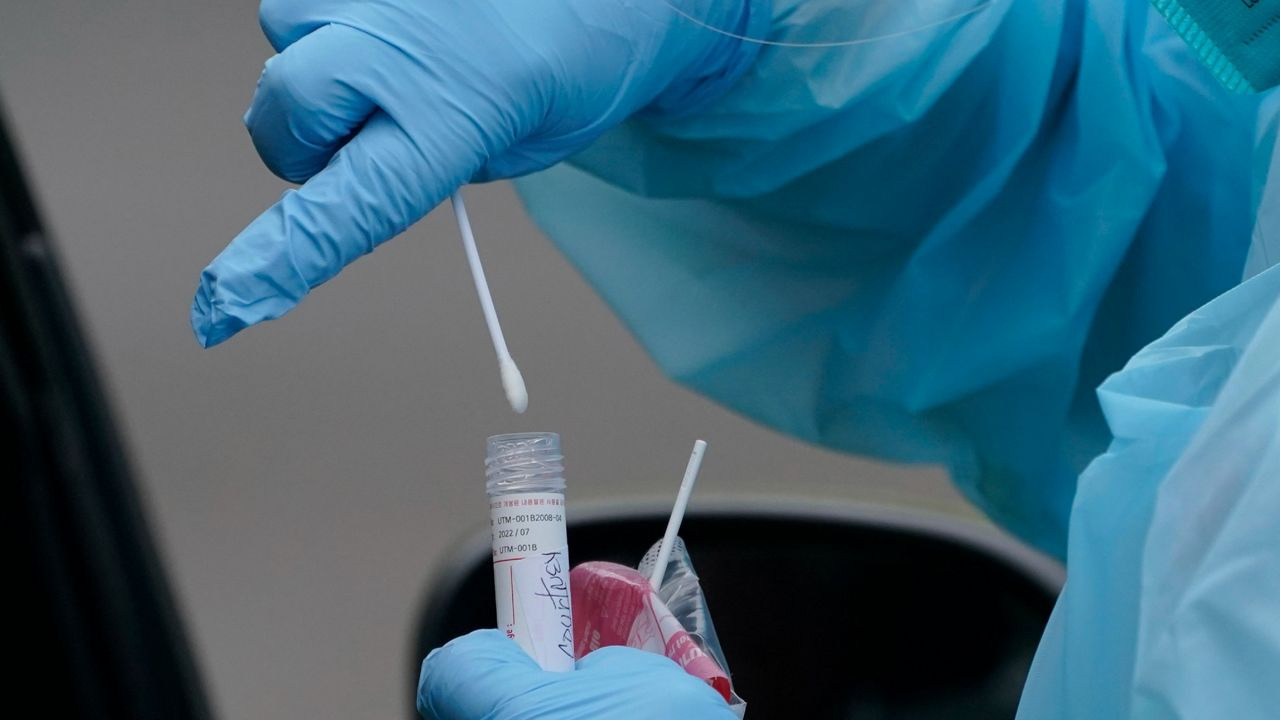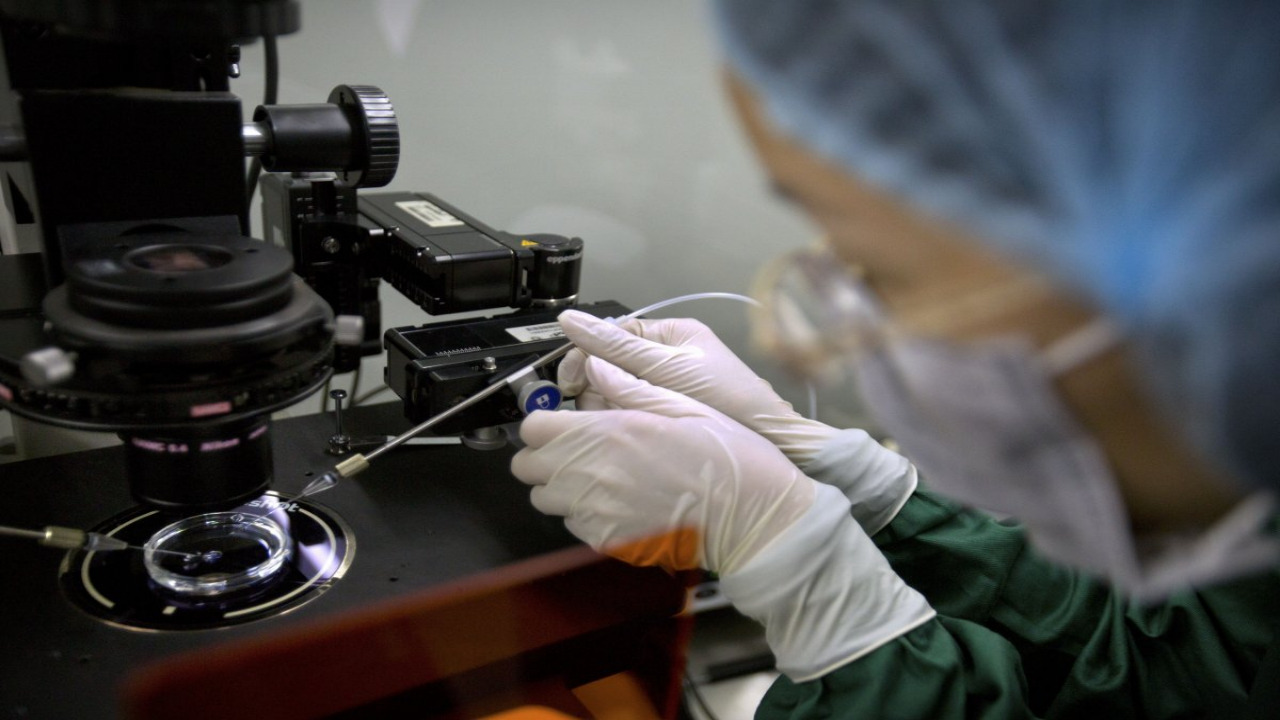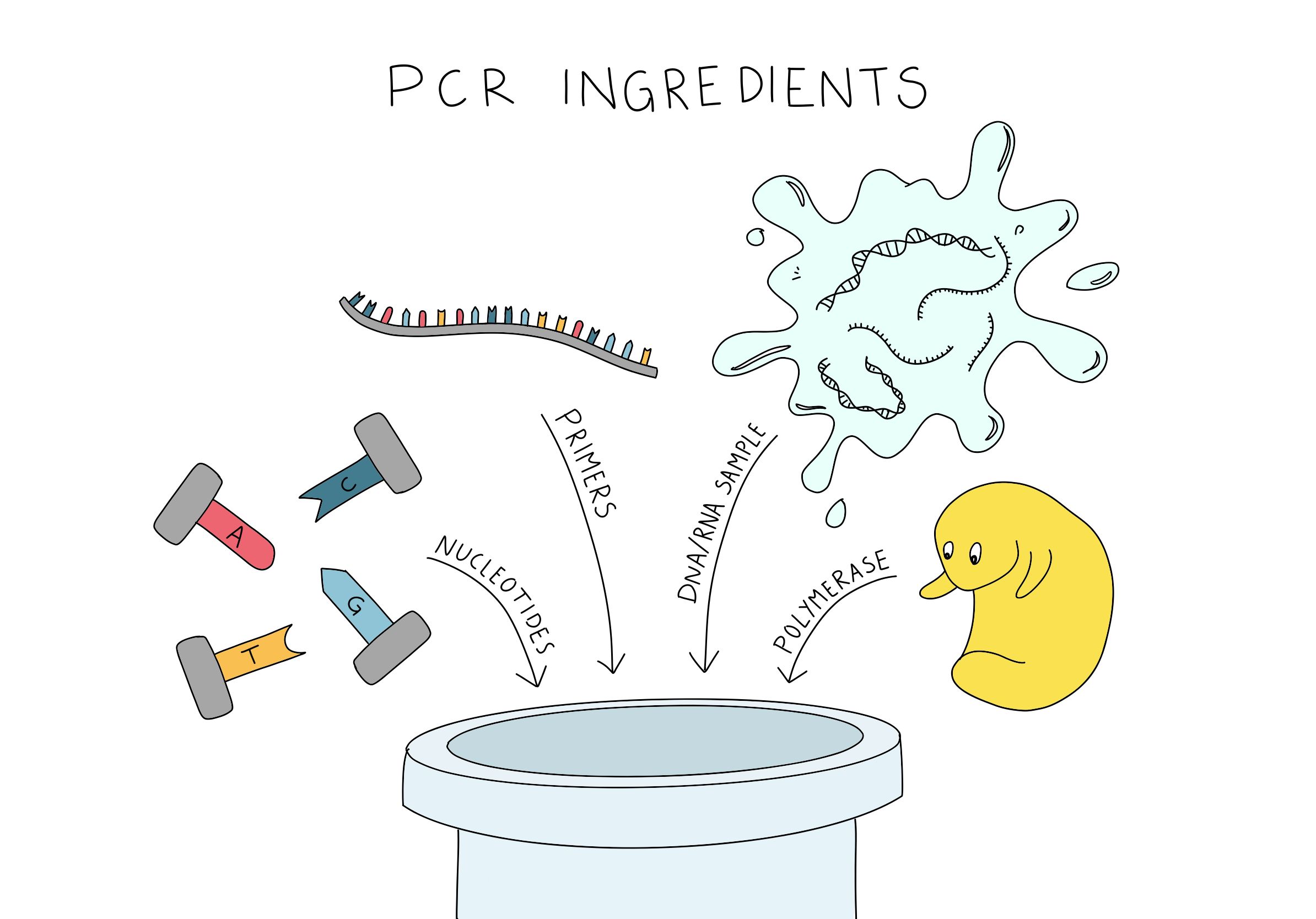The lateral flow test is essential for determining the illness’ current stage and helps with virus control and observation. Families and the general public will be safer due to the establishment of precautions. If you encounter any symptoms closely related to Covid-19, it is advisable to test and determine your status as soon as possible. In case of a positive result, this will allow one to continue with treatment. In case of a negative result, which does not entirely rule out an infection, one can continue with preventive measures. The tests include NAATs, which are frequently performed in labs to identify viral genetic material, antigen testing, which identifies proteins on the virus’s surface, and self-tests, which may be utilized anywhere.
Using Swabs

A lengthy nasal swab is used to first collect samples; it is inserted into the canal between the nose and the back of the throat. When one decides to purchase a Lateral Flow test, the findings may be available in just a few minutes as opposed to swabs that are sent to the laboratory, which may take more time. The outcome of the test relies on the test itself. Although the quick tests, which combine liquids on paper strips with throat and nose swabs to produce speedier findings in 30 minutes, frequently assess infectiousness rather than illness.
The quick test is typically more accurate when performed by a skilled healthcare professional as opposed to a self-trained member of the general public. The rapid antigen Covid tests’ sensitivity is more likely to be the same when viral loads are high than when viral loads are low.
Using Genetic Materials

In contrast, a negative test means that you did not have Covid-19 at the time. A positive PCR test shows that you most likely have Covid-19. The PCR test is usually reliable and accurate. The samples are obtained using nasal or salivary swabs, and RNA is then extracted and purified from them. The particular characteristics of the virus are retained when RNA is converted to DNA, a more robust version of the genetic code. RNA is the fundamental component of the virus that causes Covid-19.
The Mixture of DNA with Primers

Primers are brief DNA segments that target specific sequences and aid in identifying a particular region of a genome. DNA fragments bind to the distinctive areas of the virus DNA together with the primers. With the help of viral DNA and DNA-building enzymes, numerous copies of the virus DNA are produced by repeatedly cooling and heating the primers. At a constant temperature, these experiments take place. The sample glows because the DNA is duplicated after being bound by a fluorescent dye.
Sample Containing Viral DNA
This implies that the samples contain viral DNA because they have to reach a certain level of fluorescence to yield a positive result. The sample will remain dark and provide a negative result if there is insufficient viral DNA to allow for viral replication.

